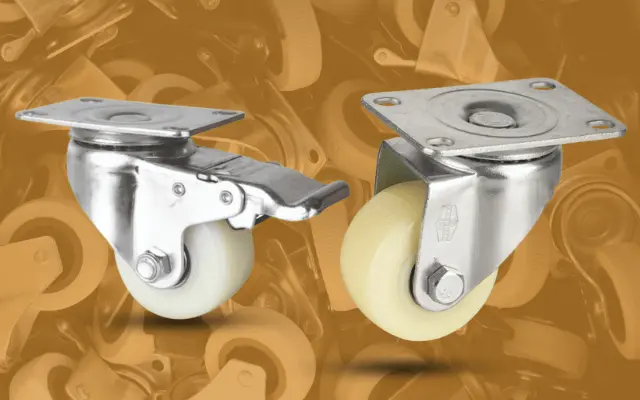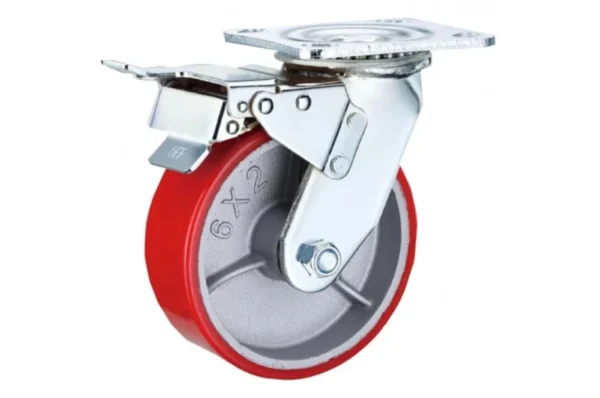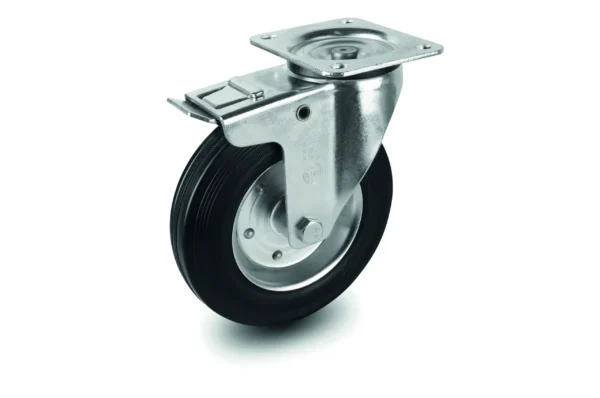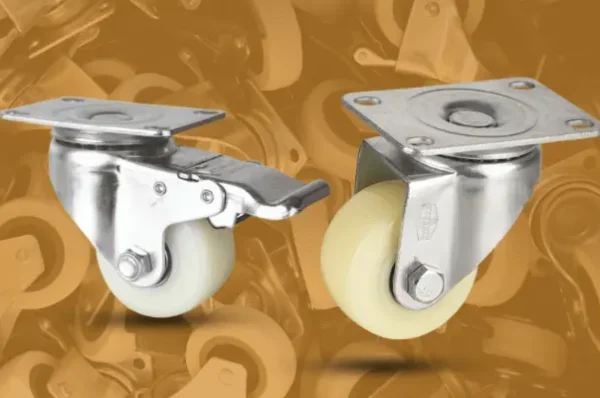Movement lies at the core of modern manufacturing. Whether it’s shifting massive machinery, transporting raw materials, or managing finished goods within a facility, industries depend on equipment that can carry weight, withstand pressure, and remain reliable over time. This is where extra heavy duty casters play a pivotal role. Designed to handle intense loads and demanding conditions, these casters ensure that manufacturing operations continue without disruption.
In this article, we’ll explore how these specialized components support different applications across the manufacturing landscape and why their role is often underestimated yet vital.
Precision in Handling Heavy Machinery
Manufacturing plants often house equipment that weighs several tons. Moving such machinery without damage or risk requires stability and precision. Extra heavy duty casters provide the foundation for this movement, allowing machines to be relocated for reconfiguration, repairs, or upgrades.
Unlike lighter casters, they don’t deform under strain or compromise balance. This makes them essential in automotive plants, aerospace facilities, and heavy engineering workshops where equipment mobility is part of operational strategy. The resilience of these casters ensures not just motion but safe, controlled, and repeatable motion.
Material Transport Across Large Floors
Raw materials need to move efficiently across large production spaces. From steel coils to wooden sheets, factories rely on carts and trolleys fitted with robust wheels. By equipping these carts with extra heavy duty casters, industries gain the ability to transport bulky and heavy stock in fewer trips, reducing downtime and increasing productivity.
In high-volume production lines, even a few minutes saved in material movement translates into higher output. Casters in this category therefore act as silent enablers of manufacturing speed and continuity.
Supporting High-Temperature Processes
Certain manufacturing environments, such as metal foundries or glass plants, expose equipment to extreme heat. The need for reliable mobility in such conditions makes standard wheels unsuitable. By integrating rigid caster wheels, industries gain components capable of handling both heat and weight without warping.
These wheels hold their form under intense pressure and ensure steady, straight-line movement where precision outweighs maneuverability. Their role in kiln-based industries, or facilities involving molten materials, highlights how manufacturing adapts caster choice to suit environmental conditions.
Assembly Line Efficiency
The assembly line represents the heartbeat of mass production. Each workstation must receive its parts, tools, and sub-assemblies at the right time and in the right sequence. Extra heavy duty casters enable this flow by supporting conveyor carts and movable stations that keep assembly efficient.
Their load-bearing capacity ensures that multiple components can be delivered simultaneously, minimizing interruptions. When paired with advanced automation, casters become part of a synchronized ecosystem that balances speed with reliability.
Warehousing and Storage Integration
Manufacturing doesn’t end at production—it extends into storage. Finished products often require careful handling before being shipped to distribution channels. By equipping storage racks, mobile shelving, or transport platforms with rigid casters in UAE and beyond, industries gain flexible storage systems.
Rigid models are particularly valuable here because they provide directional stability, ensuring racks roll in straight lines without drifting. In tightly packed warehouses, this reduces accidents and allows for smoother navigation of inventory-laden equipment.
Maintenance and Repair Mobility
Every manufacturing facility has a maintenance unit tasked with inspecting, repairing, and upgrading machinery. These teams depend on tools and equipment that must move across different zones quickly. Carts with extra heavy duty casters allow technicians to transport heavy spares, hydraulic tools, and even portable workbenches.
Without this mobility, maintenance teams would lose valuable time moving equipment manually, slowing down repairs and affecting production continuity. Heavy-duty mobility solutions, therefore, indirectly safeguard manufacturing uptime.
Specialized Industry Use Cases
Different sectors within manufacturing adopt casters in unique ways:
- Textile mills use them on rolling carts carrying massive fabric rolls.
- Food processing plants integrate stainless and heavy-duty casters for hygiene and load support.
- Shipbuilding facilities rely on casters to move bulky frames and panels before assembly.
In each case, the common factor is the demand for strength and durability, qualities that extra heavy duty casters consistently deliver.
The Balance Between Mobility and Safety
One of the less-discussed but critical roles of casters in manufacturing is safety. A poorly designed or mismatched caster can lead to equipment instability, worker injuries, or product damage. Rigid caster wheels minimize these risks in applications where directional stability is essential, while their heavy-duty counterparts provide a strong base for bulk loads.
This balance ensures that while movement remains smooth, it never compromises workplace safety.
Looking Ahead: Evolving Demands
As industries shift toward automation, robotics, and AI-driven manufacturing, the demands on mobility components are also evolving. Casters are now being designed with materials that resist wear, absorb shocks, and minimize vibration, ensuring precision in high-tech production environments.
In global hubs such as the UAE, where manufacturing facilities are rapidly modernizing, the demand for reliable solutions like rigid casters in UAE reflects a growing recognition of their importance. These regions are not just adopting casters but driving innovation in their design and applications.
Conclusion
The modern manufacturing sector cannot function without seamless movement. From transporting materials to supporting high-tech assembly lines, extra heavy duty casters remain central to industrial efficiency. Their applications extend far beyond simple mobility, shaping safety, productivity, and adaptability within plants worldwide.
At Go Casters, the focus lies in delivering solutions that match the scale and challenges of industrial operations. By aligning caster technology with the evolving needs of manufacturing, industries can continue to push boundaries while relying on a foundation of strength, precision, and reliability.




